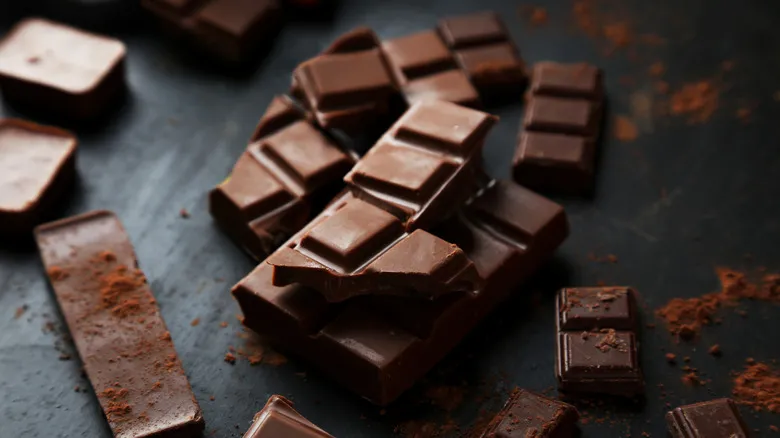The meaning behind the term Grand Cru in chocolate
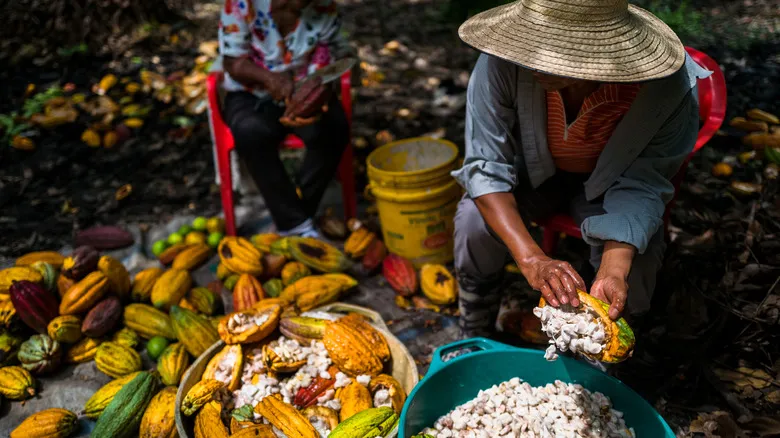
When it comes to chocolate, the term Grand Cru refers to a bar made from cacao beans sourced from a specific region. This location should contribute a unique terroir to the chocolate, similar to how the region of a grape influences the taste of wine. Single origin chocolate is particularly prized, as it showcases the distinct flavors of beans grown in one area. For instance, chocolate bars made from Indian cacao cultivated near mango orchards or nutmeg farms may exhibit some of those local flavor notes. This concept aligns with how a winemaker might describe a remarkable vintage.
However, it's important to note that there is no official certification for Grand Cru chocolate. Chocolate makers, cacao farmers, and chocolatiers are not required to undergo rigorous testing or obtain certification to label their products as Grand Cru. In this regard, the term holds as much weight as claiming something is "all natural"; it lacks substantial meaning.
So, why use the term?
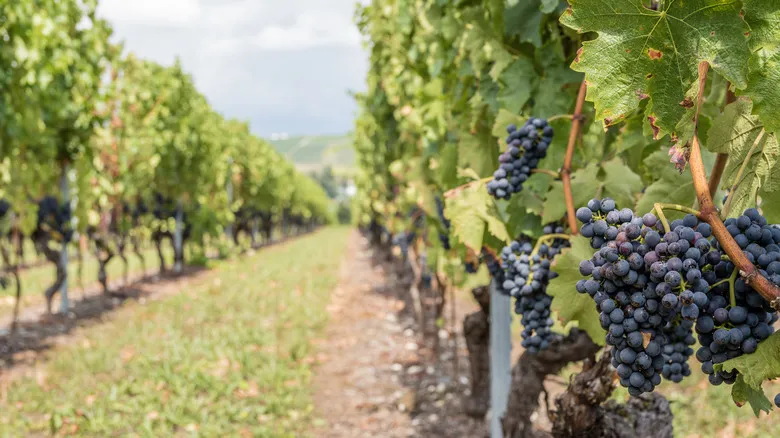
When you come across the term "Grand Cru," it certainly sounds impressive, doesn’t it? It suggests that the chocolate is crafted from the finest cacao sourced from the best farms, promising an exceptional product. Who wouldn’t want to try it? However, the unfortunate reality is that labeling a chocolate bar as "Grand Cru" is largely a marketing tactic, promoting it as superior without any genuine certification or established criteria to back that claim.
In contrast, products labeled as organic must undergo stringent testing and inspections to obtain the necessary certifications that validate their status. The term Grand Cru does not have similar requirements; no testing or oversight is involved. This can understandably lead to confusion, especially when it comes to chocolate.
In the realm of wine, "Grand Cru" signifies a certified designation that recognizes a producer, vineyard, or winery within a specific region. Therefore, it’s easy to see why someone might assume that chocolate bearing the Grand Cru label is of exceptionally high quality. That said, it doesn’t mean that every chocolate bar labeled as Grand Cru is subpar; it simply lacks the significance that the term carries in the context of fine wines.
Terms to look for instead

If you come across "Grand Cru" on a chocolate bar, that's a positive sign. However, even better is finding labels that refer to the cacao beans themselves. Look for the term "single origin," which indicates that all the cacao comes from a specific location. This often results in a more distinct flavor profile, as the terroir influences cacao in much the same way it does for wine.
When you indulge in a single origin chocolate bar, you'll notice that beans from Guatemala have a markedly different taste compared to those from India. Furthermore, companies that produce single origin bars take pride in their cacao sourcing, aiming to highlight the unique flavor characteristics of their beans. In contrast, commercial chocolate brands like Hershey's or Nestlé typically use a blend of cacao from various sources, often overwhelmed by sugar, vanilla, and artificial flavorings. As a result, single origin bars tend to be pricier than their mass-produced counterparts.
Another important aspect to consider is sustainable sourcing practices. It's wise to choose chocolate from companies committed to enhancing the overall cacao supply chain. This involves responsible business practices, such as investing in higher quality cacao and reinvesting profits back into the farms they source from. Many of these companies are Certified B Corporations, which strive to use their resources for positive impact. Achieving B Corp certification requires rigorous testing and standards. So, if you discover Grand Cru chocolate, view it as a stepping stone to explore other certifications. While it's a good sign, it holds more value when accompanied by additional key terms.
Recommended
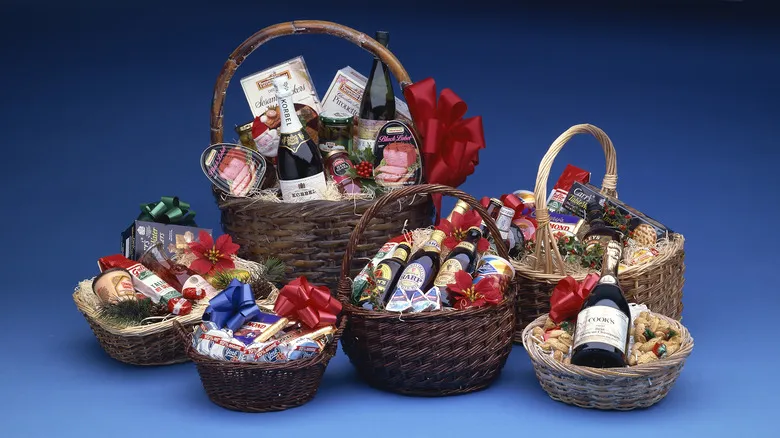
Which Holiday Gift Basket From Costco Has The Best Value?
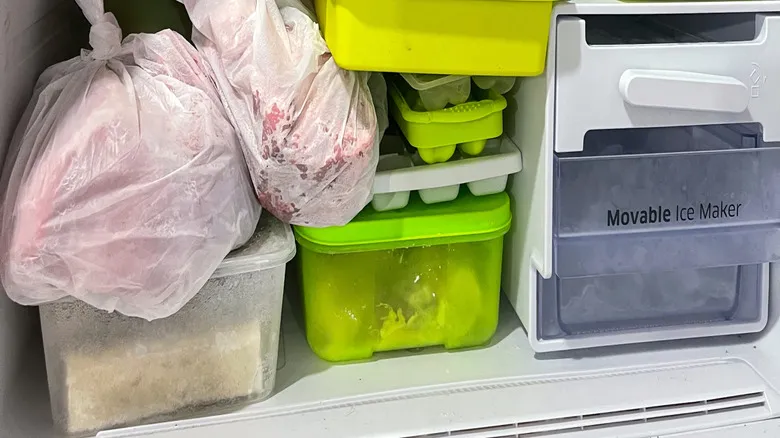
The Flavor Boosting Ingredient You Should Always Keep In Your Freezer

The Worst Mistake To Make When You're Trying To Perfect Sunny Side Up Eggs

10 Ways To Give Canned Salmon An Upgrade
Next up

